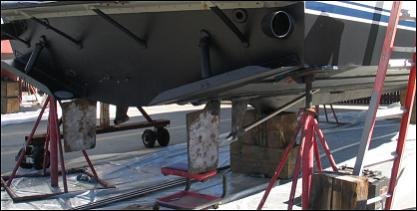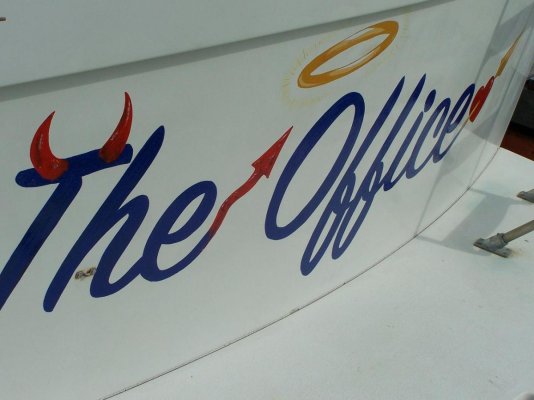psneeld
Guru
Just one example. Quite a few years ago, the US Coast Guard was looking for a replacement vessel for their 82' patrol boats. Several things they wanted:
1) Good turn of speed
2) Economical to operate
3) Helo pad
4) Fast launching RIB capability
This design by Lock Crowther would have fit the bill VERY nicely. I tried to get the option to submit the proposal. I was even allowed to submit.
BUT it was before catamaran forms became 'acceptable', and it was designed by a foreigner (Australian).
Shortsightedness
Sorry but your story doesn't fly..literally about the helo pad for sure.
I was a fairly senior officer when the USCG was looking for replacement patrol boats...the helo pad wasn't part of the realistic approach even if it was thrown in there...because of the helo's the USCG used at the time were way too heavy for that class vessel....
There are many reasons why a "cat" may or may not have fit the bill...first and foremost they are usually more expensive than monos for a given length...plus berthing a cat can be a disaster in small places the USCG has to moor.
I'm sure the design could live up to the parameters you listed but that's just a short list...not all the requirements that ultimately didn't meet the USCG's satisfaction.
To blame the refusal sounds more like sour grapes than blaming it on old "gov't" fogeys.





